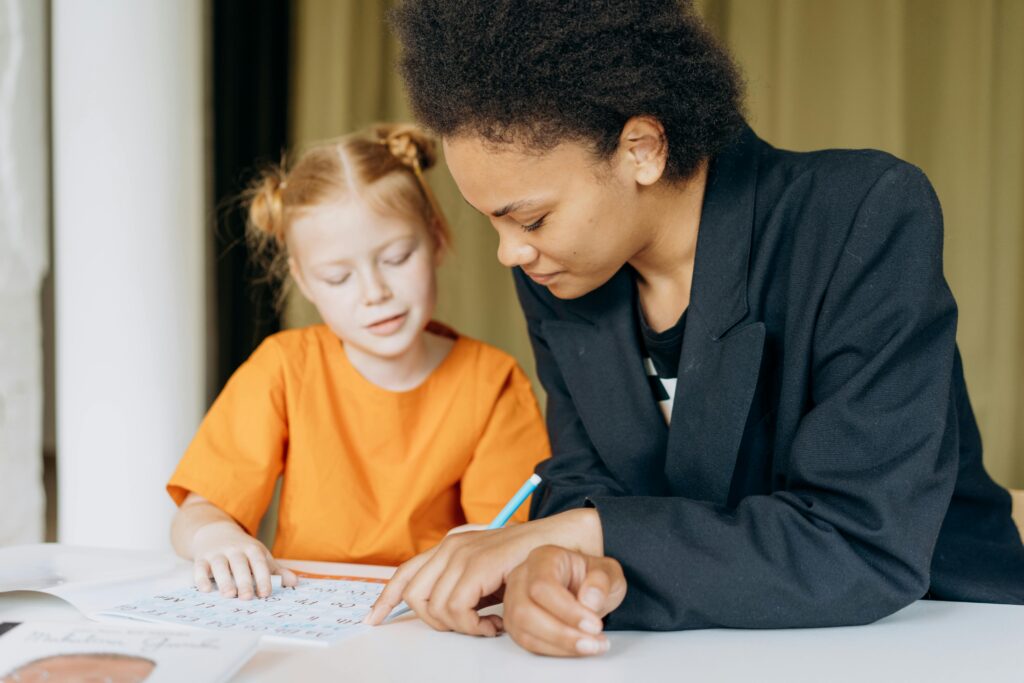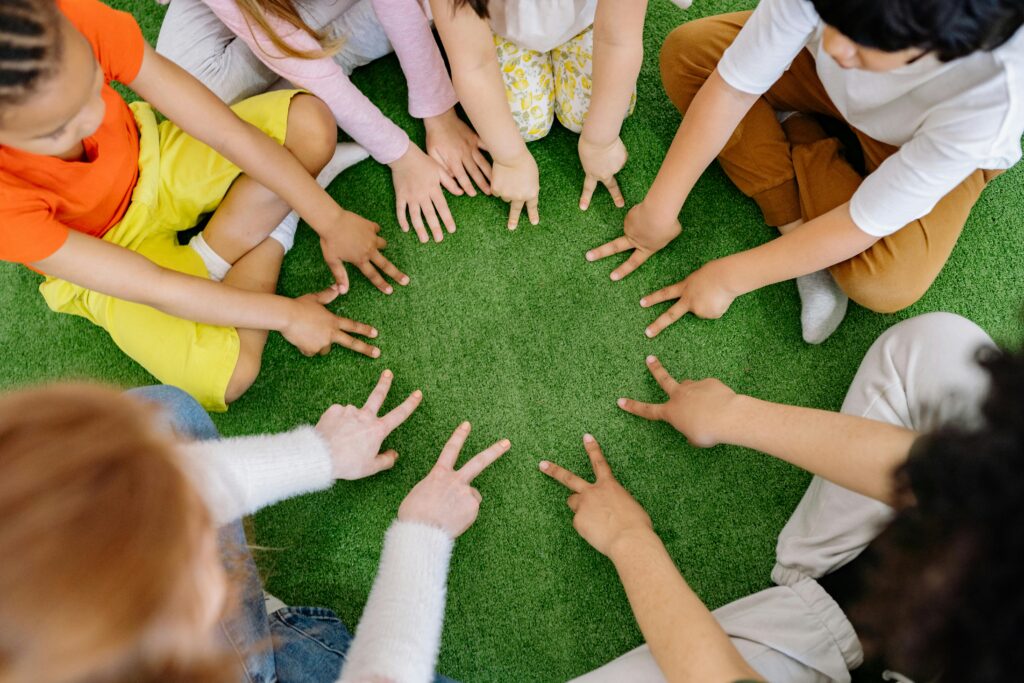You don’t need to be a superhero to change a child’s life. Often, it’s the steady, intentional acts that pave the way for vulnerable children to grow into confident, healthy, and hopeful adults. Whether you’re an individual with a big heart, a business looking to give back, or part of a school, nonprofit, or community organization, there are countless opportunities to make a real impact. Uplifting the lives of vulnerable children requires more than just good intentions—it calls for commitment, collaboration, and compassion across all sectors of society.
Fostering Futures Through Mentorship
One of the most powerful gifts you can offer a child is your time. Mentorship programs serve as a bridge between vulnerable youth and caring adults who can guide, listen, and encourage. When children feel seen, heard, and supported by someone who believes in their potential, their sense of self-worth can shift dramatically. Mentors help kids develop confidence, learn life skills, and navigate challenges they may face at home or in school—laying the groundwork for more secure futures.

Laying the Foundation: Starting a Nonprofit to Support Vulnerable Children
If you’re serious about making a long-term impact in the lives of vulnerable children, one of the most effective routes is to form a nonprofit corporation. Starting a nonprofit gives your mission structure, credibility, and the ability to receive tax-deductible donations, which can significantly broaden your base of support. It’s also easier to apply for grants and public funding if you’re set up as a nonprofit corporation, since many funders require official nonprofit status. As part of the process, you’ll need to create bylaws, which outline how your organization will operate and make decisions as it grows.
Expanding Educational Equity
Education remains one of the most transformative tools in a child’s life, yet too many vulnerable children face barriers that limit their access to quality learning. You can help level the playing field by supporting or volunteering for tutoring services, after-school programs, and scholarship opportunities. These resources provide academic support, stability, and encouragement, especially for children who may be dealing with trauma, poverty, or displacement. By making learning more accessible and engaging, you’re opening doors that lead to lifelong opportunities.
Fighting Hunger One Meal at a Time
Food insecurity is a quiet crisis that affects millions of children worldwide, robbing them of energy, concentration, and peace of mind. Whether you’re running a business, leading a classroom, or heading a nonprofit, there are tangible ways to provide nutritious meals and food education. Programs that distribute backpacks filled with weekend meals, community gardens that teach kids how to grow their own produce, or school-based food pantries can all be lifelines. Access to regular, nourishing meals isn’t just about survival—it’s about dignity and development.
Creating Spaces Where Children Can Just Be Kids
Safe spaces aren’t a luxury for vulnerable children—they’re a necessity. Community centers, youth clubs, and drop-in programs can offer a haven from the chaos of unstable home lives or unsafe neighborhoods. These environments allow children to play, learn, and ask questions freely without fear or judgment. Emotional support, social activities, and structured programs like art, music, or sports help kids build confidence and process their experiences in healthy ways.

Raising Awareness Beyond the Headlines
Too often, the struggles of vulnerable children fade into the background of daily life. You can help bring these issues to light by organizing awareness campaigns, hosting community seminars, or using social media platforms to share real stories and advocate for change. The more people who understand what vulnerable children face—be it abuse, poverty, displacement, or systemic neglect—the more likely they are to step up and contribute resources, time, or energy.
Pushing for Policy That Protects Kids
Individual acts of kindness can spark change, but structural reform is what sustains it. Advocating for stronger policies, child protection laws, and resource allocation at the local, state, and national levels ensures long-term support for vulnerable youth. Whether it’s lobbying for better funding for foster care systems, equitable education, or access to housing and healthcare, policy change holds the power to affect millions of lives at once.
Advocating for vulnerable children doesn’t demand perfection—it requires persistence and presence. Across schools, businesses, homes, and communities, there’s room to do more and do better. If you’re willing to see these children not as statistics, but as individuals with dreams, potential, and deep needs, you’ll find ways to help that align with your strengths. The future of any society rests on the well-being of its youngest members. When you invest in them, you invest in all of us.
See how Community Investors is transforming youth wellness through music-powered play and innovative programs that connect kids and communities.

